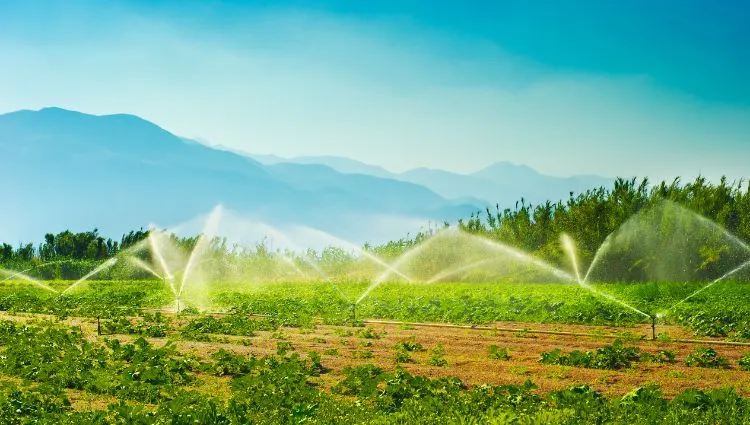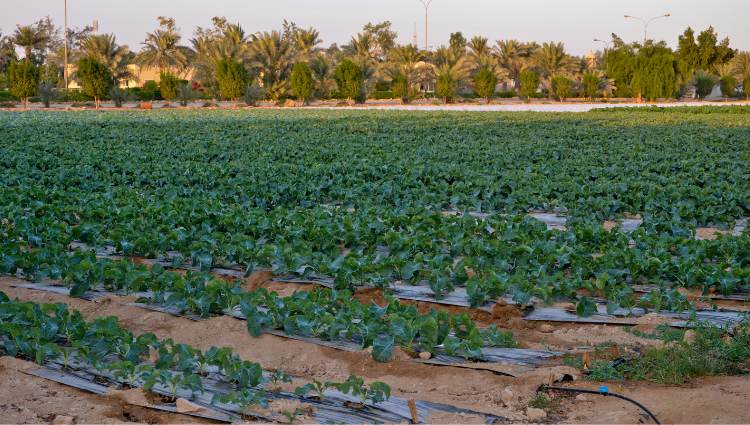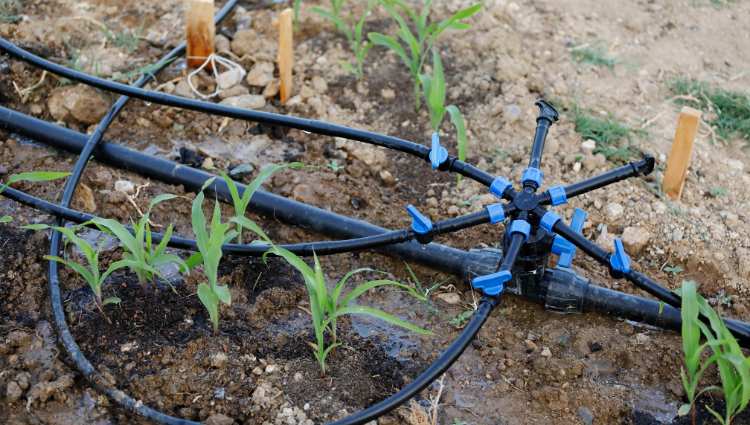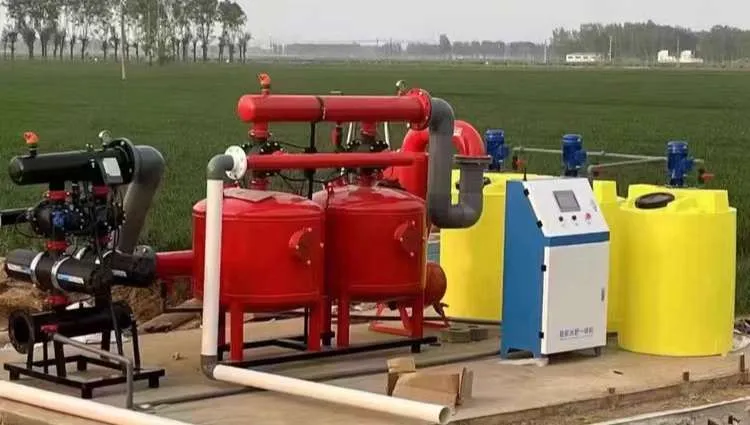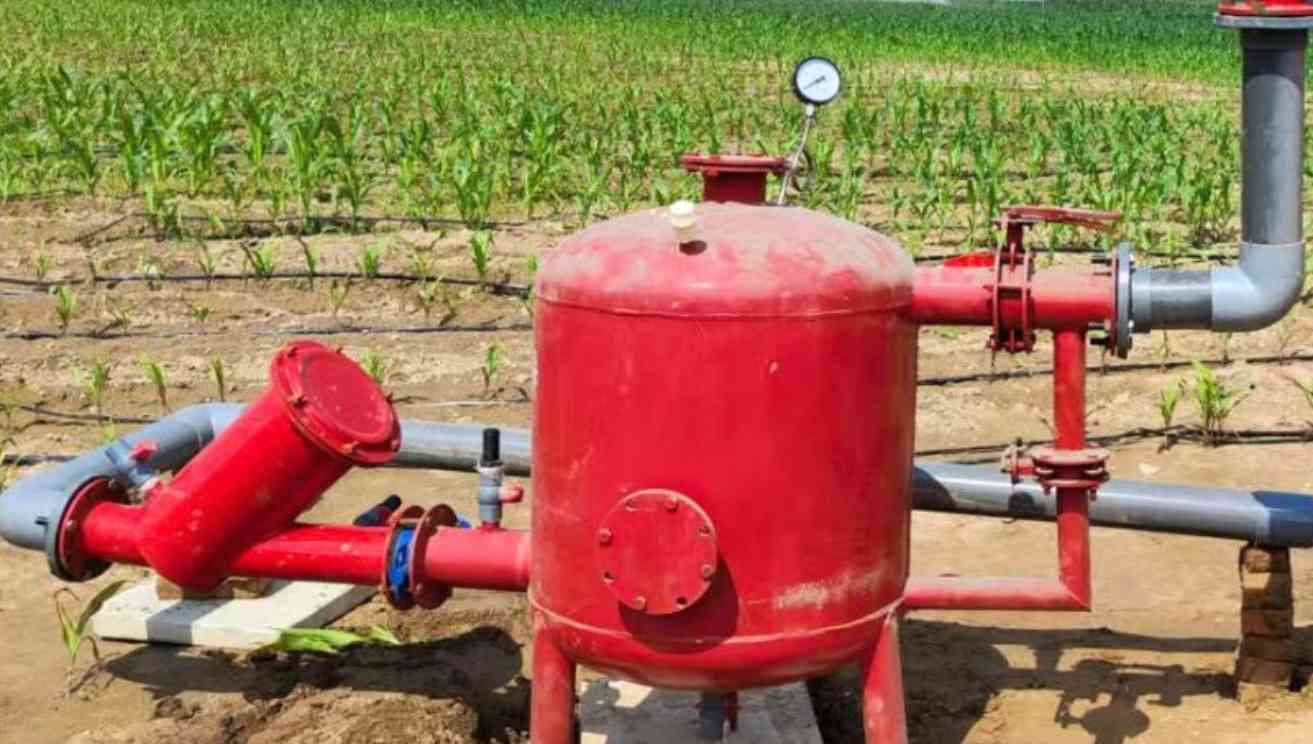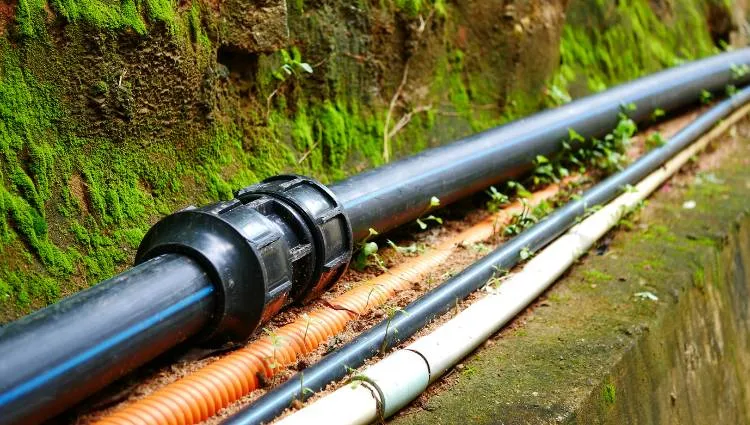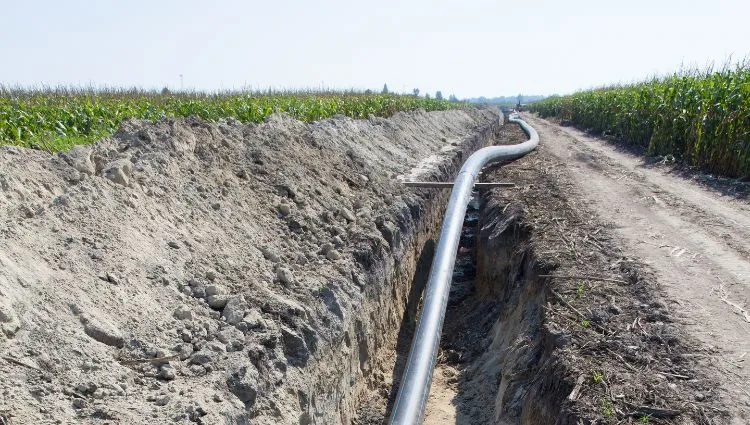Table of Contents
Agricultural irrigation is a very common activity. It provides water to crops in a scientific and reasonable way in order to improve both the yield and the quality of crops.
In general, all regions that require agricultural cultivation will use irrigation technology. Especially in areas where water resources are scarce, it is even more important to think about how to improve the efficiency of irrigation. This post will explain in detail from the aspects of irrigation technology, management methods, infrastructure, crop types, and water-saving awareness.
Water-Saving Irrigation Technology
To improve the efficiency of agricultural irrigation, the first and foremost solution is to promote and apply modern water-saving irrigation technology.
Traditional irrigation methods, such as flood irrigation, work well in areas where water is not scarce, but in water-scarce regions, they can no longer meet the requirements. It is necessary to promote water-saving irrigation technology to meet the irrigation needs of these areas.
At present, commonly used water-saving irrigation technologies include sprinkler irrigation, micro-irrigation, pipeline water delivery systems, anti-seepage technology, and water-fertilizer integration.
Sprinker መስኖ
Sprinkler irrigation is a technology that can simulate artificial rainfall. The main products involved are sprinklers, rain guns, ወዘተ. By pressurizing the pipeline, water can be sprayed into the air and then freely fall onto crops and soil.
Compared with traditional irrigation methods, sprinkler irrigation is very uniform, and it can increase the utilization rate of water resources to 80%. While saving water, it also allows crops in the planting area to grow evenly.
በተጨማሪ, sprinkler irrigation is also very easy to operate. As long as the water source, pump, filter, pipeline, and terminal sprinklers are set up in advance, the later operation is very simple. It only requires using valves to control the opening and closing of water flow to complete the sprinkler irrigation work. In this way, it can precisely control irrigation time and water volume, significantly improve irrigation efficiency, and ultimately promote crop yield.
Micro-Irrigation
Micro-irrigation is a more refined irrigation technology compared to sprinkler irrigation. It can mainly be divided into two types: drip irrigation and micro-sprinkler irrigation.
The main terminal products involved in drip irrigation are drippers, driplines, and drip tapes. With these devices, water resources can be delivered very precisely to the soil at the roots of crops. This process reduces water evaporation and loss, increasing water utilization to over 90%.
Micro-sprinkler irrigation falls between drip irrigation and sprinkler irrigation in terms of water-saving effect. The main terminal product involved is the micro-sprinkler. Compared with sprinklers and rain guns, micro-sprinklers are installed closer to the roots of plants, with lower spraying intensity, making them more water-efficient.
Pipeline Water Delivery System
Traditional irrigation methods, such as flood irrigation and canal irrigation, can easily cause water evaporation, loss, and seepage during the transportation stage, not only wasting water resources but also potentially damaging the soil structure.
The pipeline water delivery system is quite different. Because the pipeline provides a closed environment for water transportation, it greatly reduces the problem of water loss. When combined with sprinkler and micro-irrigation technologies, it can save water resources more effectively.
At the same time, the pipeline system can flexibly control conditions such as water flow and pressure, which not only improves irrigation efficiency but also makes it easy to maintain and manage.
Anti-Seepage Technology
If a pipeline system is not laid in the farmland and traditional irrigation methods such as canal irrigation are used, then in order to prevent water loss caused by seepage during transportation, it is necessary to apply anti-seepage treatment to the irrigation channels to improve water utilization.
Canal anti-seepage technologies mainly include concrete anti-seepage, plastic film anti-seepage, and stone wall anti-seepage. If the surface of the canal is covered with concrete, more than 60% of water loss can be reduced. If it is covered with plastic film, 75% of water loss can be reduced.
Using concrete and plastic film not only prevents seepage but also makes the canal structure more stable. Because water and soil are isolated, even under the impact of rain, the canal will not collapse. This not only improves irrigation efficiency but also ensures safety.
Water-Fertilizer Integration
Irrigation does not only mean delivering water to crops but also delivering fertilizers. In the past, irrigation and fertilization were carried out separately, but with modern water-saving irrigation systems, water-fertilizer integration can be easily achieved.
Water and water-soluble fertilizers are mixed together and then transported to the farmland through pipelines, finally delivered to crops through sprinkler or drip irrigation. The process of water-fertilizer integration can be combined with the Internet of Things, sensors, and automatic control devices to achieve real-time monitoring of soil moisture and nutrients, and then flexibly carry out water-fertilizer irrigation according to the growth of crops.
Intelligent water-fertilizer integration technology can automatically adjust irrigation time and amount, making agricultural irrigation more scientific and precise, while also reducing unnecessary waste of water and fertilizers, ultimately improving irrigation efficiency.
Optimizing Management Methods
In terms of irrigation management, the main optimization measures are reflected in the aspect of intelligence. ለምሳሌ, using sensors and smart systems to monitor soil moisture, humidity, weather conditions, and other related data. Then, irrigation operations can be precisely adjusted based on the data.
In water-scarce areas, special attention must also be paid to strengthening the management of water resources. ለምሳሌ, groundwater can be reasonably used to ease the pressure on surface water resources. Rainwater collection facilities can also be built to maximize the use of natural resources.
በተጨማሪ, scientific and efficient management should also be applied in the construction and maintenance of irrigation systems. A feasible maintenance system should be established to regulate workers’ behavior.
Improving Infrastructure
When building irrigation areas, it is not only necessary to build good anti-seepage facilities but also to manage the land well, making it as level as possible to ensure the soil’s ability to retain water and nutrients.
There are many types of equipment involved in irrigation systems, such as pumps, filters, sprinklers, and pipelines. If any one of these devices has a problem, it may affect the final irrigation effect. ለምሳሌ, if the filter is not cleaned in time, it may cause blockage.
Therefore, in daily management, these devices must be regularly inspected and maintained. Once aging, damage, or other problems are found, they must be repaired or replaced in time.
Adjusting Crop Types
Crops suitable for local climatic conditions should be selected for planting. ለምሳሌ, in arid and water-scarce areas, drought-tolerant crops with low water requirements and strong adaptability should be planted, such as sorghum, በቆሎ, barley, sweet potatoes, date palms, olives, ወዘተ.
በተጨማሪ, the planting sequence should also be reasonably arranged according to the growth cycle of these crops to improve the utilization efficiency of land and water resources.
Improving Farmers’ Water-Saving Awareness
Although modern water-saving irrigation technology has already become very popular, in some regions, we can still find that many local people lack awareness of conserving water resources.
Local governments, schools, relevant institutions, and companies must shoulder the responsibility. Through lectures, brochures, television, the Internet, and other channels, the importance of water-saving irrigation should be vigorously promoted, water-saving irrigation technologies should be taught to farmers, and farmers should be guided to abandon traditional irrigation methods in favor of more water-efficient ones.
Only by improving the public’s awareness of water conservation can the efficiency of water-saving irrigation be fundamentally improved.
Final Words
This article has introduced various methods to improve irrigation efficiency, and I hope it will be helpful to you!
Finally, please allow me to introduce our company here. Rainfaun is an irrigation product manufacturer headquartered in China. We produce and export products related to irrigation such as drip irrigation, sprinkler irrigation, valves, and pipelines. You can learn more about our company and products on this website.
If you would like to cooperate with us, ትችላለህ እዚህ ጠቅ ያድርጉ to fill out a form.
.
Author: Michael
Editor: Michael
Content Reviewer: Michael
